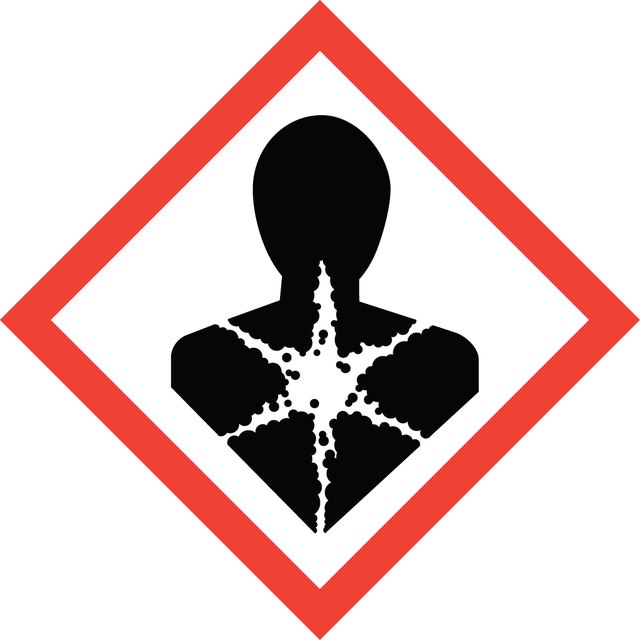方案
99%
表单
powder
制造商/商品名称
Goodfellow 051-915-78
电阻率
6.97 μΩ-cm, 20°C
直径× 厚度
15 mm × 0.20 mm
沸点
2732 °C (lit.)
mp
1453 °C (lit.)
密度
8.9 g/mL at 25 °C (lit.)
SMILES字符串
[Ni]
InChI
1S/Ni
InChI key
PXHVJJICTQNCMI-UHFFFAOYSA-N
一般描述
For updated SDS information please visit www.goodfellow.com.
法律信息
Product of Goodfellow
警示用语:
Danger
危险声明
危险分类
Carc. 2 - Skin Sens. 1 - STOT RE 1
储存分类代码
6.1D - Non-combustible acute toxic Cat.3 / toxic hazardous materials or hazardous materials causing chronic effects
WGK
WGK 1
闪点(°F)
Not applicable
闪点(°C)
Not applicable
法规信息
新产品
此项目有
W K Winnett et al.
Talanta, 41(10), 1627-1630 (1994-10-01)
A modification of the sample introduction system for combustion total organic carbon analyzers is presented where sample is sprayed into the instrument. Thermally created sprays and nebulizer sprays are discussed. It is shown that spray introduction gives more symmetric signals
G E van Dorssen et al.
Journal of X-ray science and technology, 3(2), 109-117 (1992-01-01)
The structure of Ni-C multilayer and single nickel layer samples has been analyzed before and after annealing, using two techniques: fluorescence EXAFS (F1EXAFS) at the Ni-K. edge and CuKα reflection. Annealing at a temperature of 450°C resulted in a change
F E Cecil et al.
The Review of scientific instruments, 81(10), 10D326-10D326 (2010-11-09)
We have examined the observed currents in the front foils of the JET Faraday cup lost alpha particle diagnostic KA-2. In particular, we have sought to understand the currents during Ohmic plasmas for which the ion flux at the detectors
R J Schulz et al.
Physics in medicine and biology, 35(11), 1563-1574 (1990-11-01)
The thermal defects of A-150 plastic and graphite referenced to aluminium were determined for 800 keV protons scattered by a 2 micron nickel foil (mean transmitted energy = 550 keV). Composite cores of Al/A-150, graphite/A-150 and Al/graphite which could be
Kwanghyun Yoo et al.
Nanotechnology, 24(20), 205302-205302 (2013-04-20)
We firstly introduce a facile method for the site-specific direct physical exfoliation of few-layer graphene sheets from cheap and easily enlargeable graphite grown on a Ni foil using an optimized polydimethylsiloxane (PDMS) stamp. By decreasing the PDMS cross-linking time, the
我们的科学家团队拥有各种研究领域经验,包括生命科学、材料科学、化学合成、色谱、分析及许多其他领域.
联系客户支持
